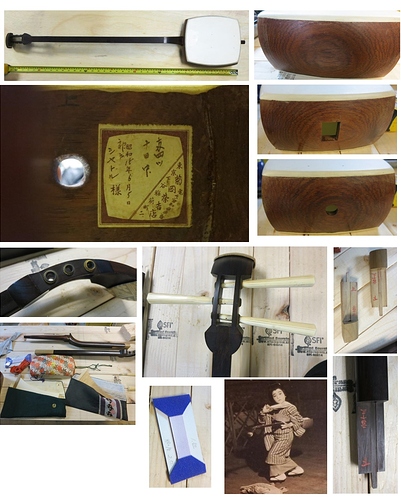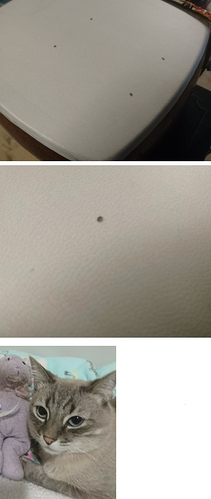My grandmother was singing and dancing in Seattle in the late 1920’s. I have what I think is her original shamisen (Picture below). How she hung on to it through camp, I have no idea. Can anyone help ID and get an idea of vintage, make for this instrument? Regardless, I just joined, and I’m going through the lessons. It’d be fun to play an old instrument. Incidentally, it is in really good shape. Sounds great as far as I can tell, so I have a feeling she had it fixed up in the 1980’s. It looks a lot like the vintage shamisen in Kyle Abbott’s youtube video about the 120 year old nagauta shamisen.
Some info if not clear:
It’s a 2 part Sao. There’s a label in the Dou (See picture). There was no Kamigoma. (how thick should the brass be if I make one?) The Sao appears to be Shitan or Kouki. I can’t tell, it is very fine grained wood… I did the red-hot needle check and the the koma and itomaki are ivory. The bachi are wood and bakelite.
Other questions: What is the purple thingy? (It’s suede with elastic and is stretched on cardboard.
Will a shinobi koma fit this instrument or is it too small?
Thanks for any insight you may have.



